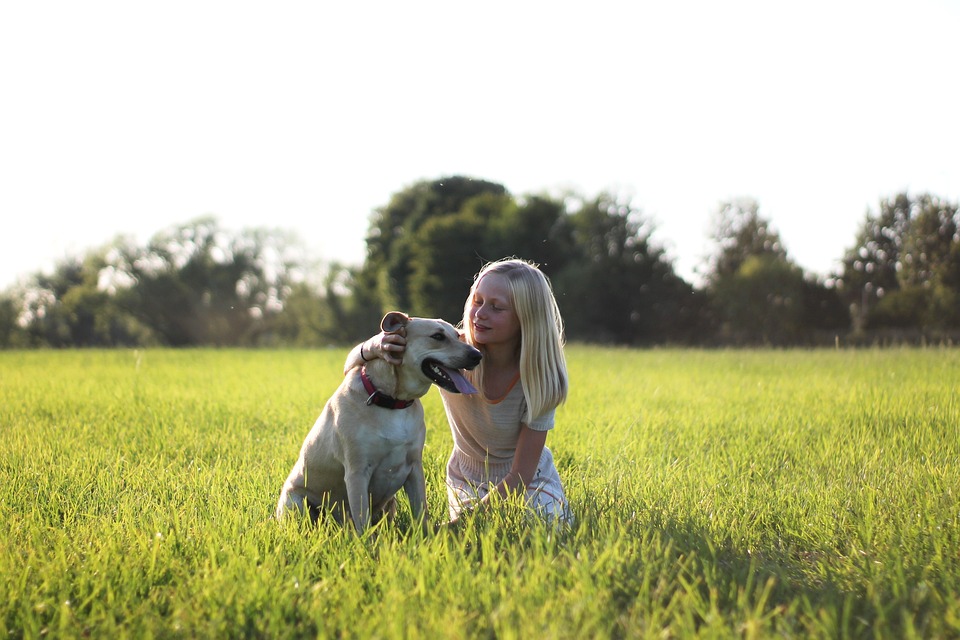Addressing Fear-Based Aggression in Dogs: Effective Strategies and FAQs
Introduction
Understanding fear-based aggression is crucial for dog owners and trainers to ensure the well-being and safety of both the dog and those around them. Fear-based aggression is a common behavioral issue in dogs that stems from anxiety and fear. In this article, we will explore effective strategies to address fear-based aggression in dogs, providing insights into training techniques, professional assistance, and FAQs.
I. Recognizing Fear-Based Aggression
Understanding the nature of fear-based aggression
Identifying signs and triggers of fear-based aggression in dogs
II. Effective Strategies to Address Fear-Based Aggression
A. Positive Reinforcement Training
Building trust and confidence
Counterconditioning and desensitization techniques
Reward-based training methods
Consistency and patience in training
B. Creating a Safe Environment
Minimizing exposure to triggers
Providing a secure and comfortable space
Reducing stressors in the dog’s environment
C. Professional Assistance
Consulting a certified dog trainer or behaviorist
The importance of personalized training plans
Working with a professional to address underlying fears and anxieties
III. Frequently Asked Questions (FAQs)
Q1. Can fear-based aggression be cured in dogs?
A. While fear-based aggression may not have a guaranteed cure, it can be managed and improved with proper training, consistency, and professional assistance. Dogs can learn alternative behaviors and coping mechanisms to reduce their fear response.
Q2. Is punishment an effective approach to address fear-based aggression?
A. No, punishment can worsen fear-based aggression in dogs. It can increase anxiety and fear, leading to defensive responses and potential escalation of aggression. Positive reinforcement techniques, such as rewards and praise, are more effective in helping dogs overcome their fears.
Q3. How long does it take to address fear-based aggression in dogs?
A. The timeline for addressing fear-based aggression varies depending on the individual dog and the severity of their aggression. Some dogs may show improvements in a few weeks, while others may require months of consistent training and behavior modification.
Q4. Should I try to address fear-based aggression on my own?
A. While you can implement some basic techniques, it is highly recommended to seek professional assistance when dealing with fear-based aggression in dogs. Certified trainers and behaviorists have the expertise to develop personalized training plans and address underlying issues effectively.
Q5. Can fear-based aggression be prevented in puppies?
A. Early socialization and positive experiences during the critical socialization period (8-16 weeks) can play a significant role in preventing fear-based aggression. Engaging puppies in various environments, positive interactions with other dogs and humans, and exposure to different stimuli can help build their confidence and reduce the likelihood of fear-based aggression later in life.
Conclusion
Fear-based aggression in dogs can be challenging to address, but with the right strategies and professional guidance, it is possible to help dogs overcome their fears and improve their behavior. By understanding the nature of fear-based aggression, implementing positive reinforcement training, and creating a safe environment, dog owners can pave the way for a happier and more confident canine companion. Remember, seeking professional assistance is essential for personalized guidance and achieving long-term success in managing fear-based aggression.









